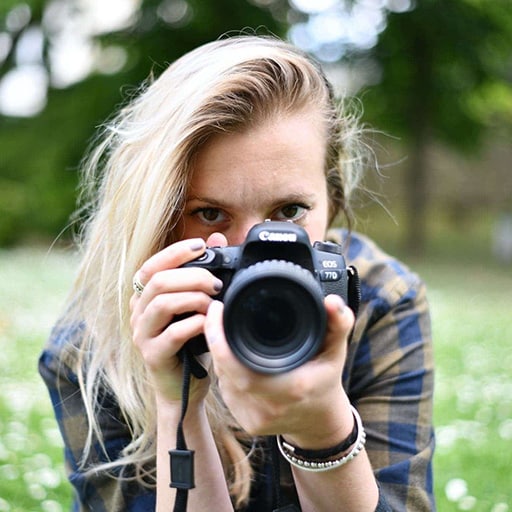Isolamento [Isolement] (1972) © Renate Eisenegger, VERBUND COLLECTION, Vienna
Dissolution dans l’eau, pont Marie, 17 heures de Lea Lublin (1978) © Estate Lea Lublin by Nicolás Lublin, Courtesy Espaivisor Gallery, Valencia, VERBUND COLLECTION...

Isolamento [Isolement] (1972) © Renate Eisenegger, VERBUND COLLECTION, Vienna
Dissolution dans l’eau, pont Marie, 17 heures de Lea Lublin (1978) © Estate Lea Lublin by Nicolás Lublin, Courtesy Espaivisor Gallery, Valencia, VERBUND COLLECTION...



You’re getting blind.
Don’t miss the best of visual arts. Subscribe for $9 per month or $108 $90 per year.
Already subscribed? Log in